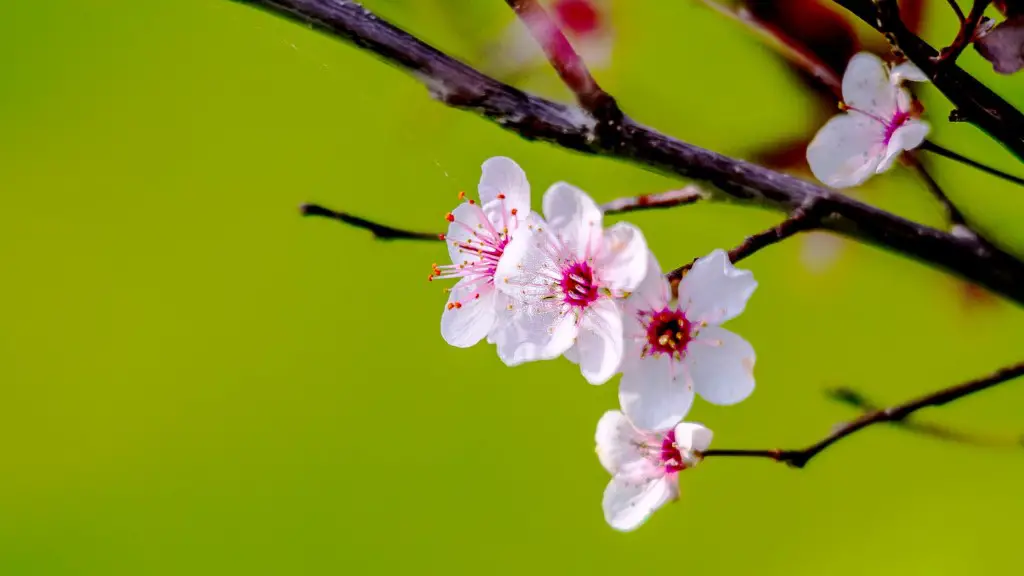Lemon trees are a popular addition to home gardens, as they provide lush foliage as well as citrus fruit. But before planting one, it’s a good idea to know how much space a lemon tree needs to grow. To give a lemon tree the best chance of reaching its full potential size, important considerations should be made when choosing the tree’s growing space.
The mature height and width of a lemon tree varies, depending on the variety and its growing environment. Dwarf lemon trees grow to around 4 to 5 feet high, with a similar width, making them an excellent choice for small gardens. Standard-sized lemon trees grow to 10 to 15 feet high, with a width of 8 to 10 feet, with some trees even reaching 20 feet in height and diameter. When planting a tree, remember to leave enough room between the tree and any obstacles so that the tree can physically mature without becoming root-bound.
When planting a lemon tree, it’s worthwhile investing in quality soil and fertilizers. Quality soil helps create an environment in which the tree can best thrive. You should also add mulch around the tree’s trunk to keep the soil evenly moist and discourage weeds, while fertilizers and micronutrients help provide a balanced diet to promote healthy growth.
Careful pruning also plays an important role in creating the correct space for a lemon tree, as it impacts its long-term growth and shape. Before pruning, it’s important to identify the tree’s branches and know when is the best time to prune each branch. During the growing season, you should aim to prune each branch at least once, removing branches too close to each other and any branches that are dead or damaged. This will create enough space for air to circulate inside the tree, thus promoting fresh growth.
Finally, when planting a lemon tree, it’s important to consider the amount of sunlight needed for it to thrive. Approximate sunlight requirements for a lemon tree are six to eight hours of direct sunlight per day, and five to six hours of indirect sunlight. During the hot summer months, you may need to provide additional shading to avoid the damage that direct hot sunlight can cause.
Water Needs
Like other citrus trees, a lemon tree needs consistently moist soil during the growing season to thrive. Areas that experience warm winters may find it useful to water their trees even in the colder months while they are dormant. During the growing season, water your tree as needed to keep the soil moist but not sodden. Once the plant is established, lemon trees have less need of water; for mature and healthy trees, a deep watering about once a month should be sufficient.
Best Climate
Lemon trees are generally propagated from warm climates, and can become stressed in areas that experience severe temperature changes, resulting in a drop in fruit production. Because of this, it’s important to consider the climate of your chosen planting location and how this may affect the trees growth and production. Ideal climates for lemon trees lie between 45 and 60 degrees Fahrenheit, with mild winters and warm summers.
Frost Protection
During the winter months in particular, frost can be damaging to a lemon tree. Make sure that any trees you are planting are frost-resistant and use mulch to help insulate the roots. If an unexpected frost arrives, you may need to wrap the tree in a blanket to protect it.
pest Control
Pest infestation is an unfortunate side-effect of keeping citrus trees, with aphids and scale insects being the most destructive pests. To reduce the problem, regularly spray a lemon- or citrus-specific pesticide over the tree, paying close attention to the back of the leaves and hidden areas.
Harvesting
When it’s time to harvest your lemons, wear gloves to protect your hands from the essential oils left in the peel. Place a soft cloth or pillowcase around the stem of the lemon to protect it, and carefully snap the stem off the limb. Loosen the soil under the tree, making sure any below-ground buds are removed, in order to encourage the tree to continue its growth.
Fruit Production
Fruit production can vary from tree to tree, and depends on the growing conditions as well as how often the tree is fertilized. Pay close attention to the tree’s needs, especially during the summer months when the lemon tree is at its most productive. If the lemon tree is healthy, you can expect to harvest between 3 and 5 times each year, depending on the variety.


